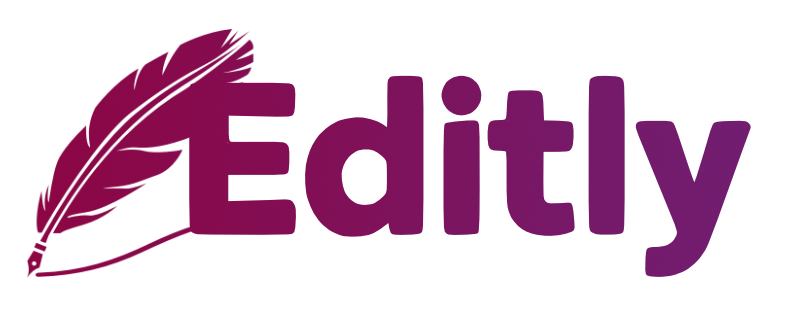Why client autonomy is the most underrated sales argument in freelance web design
“Can I edit the site myself afterwards?” If you’ve built websites for more than five minutes, you’ve probably heard this question. It sounds casual, almost harmless — but it’s a massive clue. Your client is looking for control. They want to feel empowered, not dependent. And yet, many freelancers brush it off with a vague “Sure, WordPress lets you do that,” without really making autonomy a central part of the offer.
In reality, autonomy isn’t a feature — it’s a value. And treating it as such could change the way you sell your services, deliver projects, and build lasting relationships.
The fear behind the request
When clients say they want to “edit the site themselves,” they’re not asking for full control of the backend. Most don’t want to learn CSS, decipher Elementor widgets, or risk breaking a layout. What they really want is this:
- Fix a typo without creating a ticket
- Update an opening hour without waiting three days
- Change a product description during a campaign
They’re asking for agility. For peace of mind. For the ability to move fast without breaking things.
Why freelancers hesitate to offer too much access
We’ve all been burned. A client messes up a layout. Deletes a section by accident. Plays “just exploring” with Elementor and ends up calling in a panic. So naturally, we lock things down. Or worse — we give them full access but never show them how to use it, hoping they just won’t try.
But here’s the thing: freelance web design isn’t about control — it’s about clarity. If we build systems that protect the design while giving clients what they actually need (safe content editing), we don’t lose value. We gain trust.
Client empowerment ≠ freelancer irrelevance
There’s a persistent fear that the more power you give your client, the less they need you. But it’s exactly the opposite. When clients feel confident managing small updates on their own, they come back for the bigger things — strategy, redesigns, SEO work, performance optimization.
Autonomy doesn’t replace your role. It repositions you — from pixel pusher to trusted partner.
How to build autonomy into your process
It starts with intention. Don’t just promise “you’ll be able to edit your site.” Show them how. Design for it. Deliver a site that respects their technical level — and sets clear boundaries.
- Use editor-friendly post types and custom fields when needed
- Set up a dedicated backend role (Editor, Shop Manager, etc.)
- Use tools like Editly to let them safely edit texts without touching Elementor
- Include a short training or handover doc/video
The goal isn’t to make them self-sufficient in everything. It’s to eliminate friction in the small stuff — so they stop seeing their site as a black box.
Autonomy is a differentiator
Most freelancers don’t talk about this. They sell design. They sell speed. But autonomy? That’s often left out — and it’s a missed opportunity. Because when you build for autonomy, you’re not just selling a website. You’re selling freedom. Agility. Independence.
And in a world where clients are increasingly impatient, distracted, and under pressure to act fast, that kind of value speaks volumes.
So the next time a client asks, “Can I edit the site myself?” — don’t just say yes. Say, “Absolutely. In fact, that’s a big part of how I work.” Then show them how you’ve made it possible.
Because when autonomy becomes part of your pitch, you’re not just a service provider — you’re a partner who empowers.
